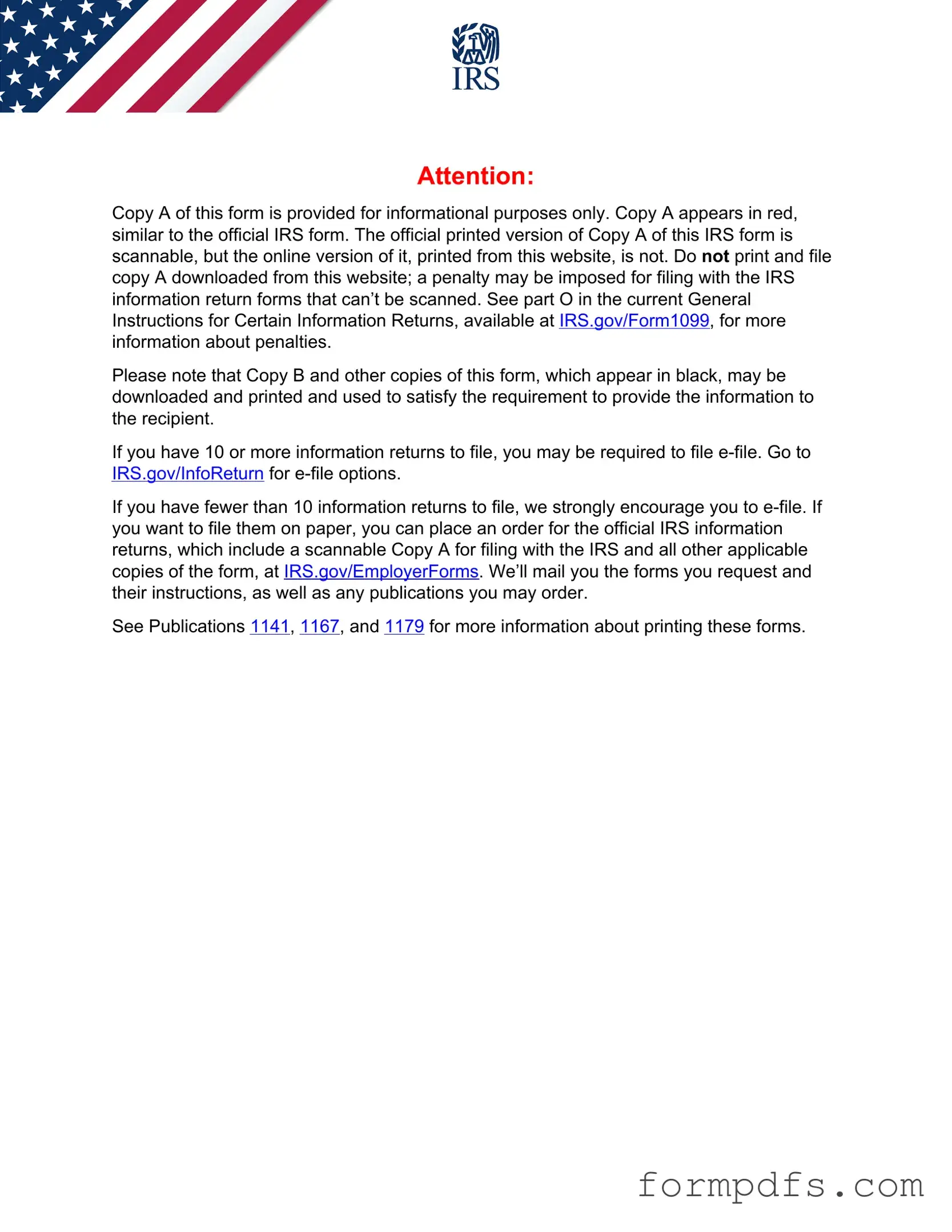What is the IRS 1099-MISC form?
The IRS 1099-MISC form is used to report various types of income received by individuals or businesses that are not considered wages. This includes payments made to independent contractors, rent, prizes, and other income types. It is essential for tax reporting purposes.
Who needs to file a 1099-MISC?
Businesses that have paid $600 or more to a non-employee, such as an independent contractor, during the tax year must file a 1099-MISC. Additionally, if you made payments for rent, legal services, or other specified services, you may also need to file this form.
When is the 1099-MISC due?
The 1099-MISC form is typically due by January 31st of the year following the tax year in which payments were made. If you are filing electronically, the deadline may vary slightly, so it’s important to check the IRS guidelines.
How do I fill out a 1099-MISC?
To fill out a 1099-MISC, you will need to provide information such as the payer’s name, address, and taxpayer identification number (TIN), as well as the recipient's information. You will also need to report the total amount paid in the appropriate box. Ensure all information is accurate to avoid penalties.
What should I do if I made a mistake on a 1099-MISC?
If you discover an error after filing a 1099-MISC, you should correct it by filing a new form with the correct information. Mark the new form as "corrected" and submit it to the IRS and the recipient. This helps ensure that both parties have accurate records.
Can I e-file the 1099-MISC?
Yes, you can e-file the 1099-MISC through the IRS e-file system or through various tax software programs. E-filing is often faster and more efficient than mailing paper forms, and it can help reduce the risk of errors.
What are the penalties for not filing a 1099-MISC?
Failing to file a 1099-MISC when required can result in penalties. The amount varies based on how late the form is filed, ranging from $50 to $550 per form. Additionally, failing to provide a correct form to the recipient can lead to further penalties.
Do I need to send a copy of the 1099-MISC to the recipient?
Yes, you must provide a copy of the 1099-MISC to the recipient by January 31st. This allows the recipient to accurately report their income on their tax return. It’s important to keep a copy for your records as well.
What types of payments are reported on the 1099-MISC?
The 1099-MISC form reports various payments, including non-employee compensation, rent, royalties, prizes, and awards. Each type of payment is reported in specific boxes on the form, so it’s important to categorize them correctly.
Can I use the 1099-MISC for payments to corporations?
Generally, payments made to corporations do not require a 1099-MISC. However, there are exceptions for certain types of payments, such as legal services. Always verify the specific circumstances to determine if a 1099-MISC is necessary.
